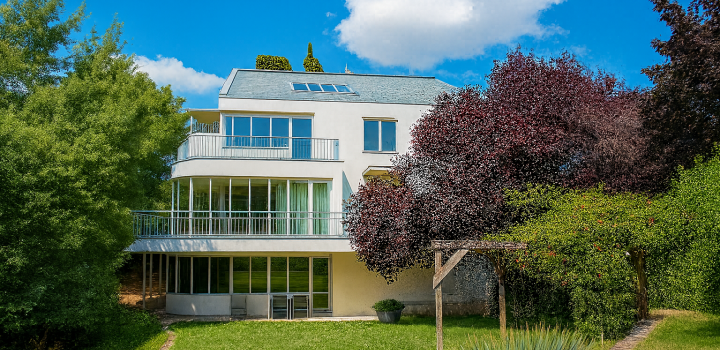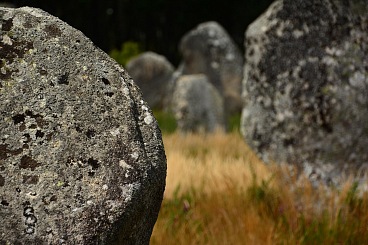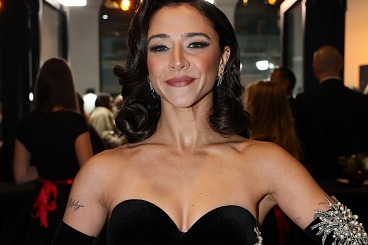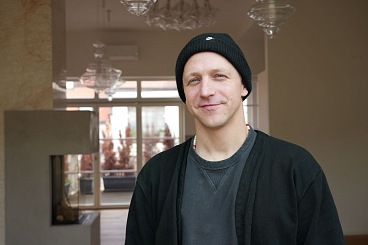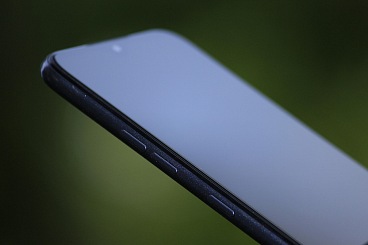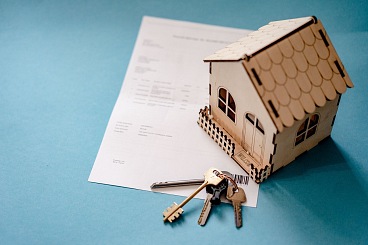Hradčany: a luxury district in the neighbourhood of a majestic castle
Hradčany is one of the smallest historical quartiers in Prague in terms of size, but it is unrivalled as far a beauty and elegance are concerned.
History of this charming district
Sometime around 1320, Burgrave Berka z Dubé founded a new city on a hill by the river. This stood on precisely the site of today’s Hradčanské náměstí, although it consisted only of a marketplace and two streets. At the start of the 14th century, the city was fortified with defensive walls which had three gates. It burned to the ground in 1420 and another devastating fire came in 1541. This land was later purchased by the nobility and the church and construction of town houses and Renaissance palaces began. Hradčany was elevated to the status or royal town in 1598 by Emperor Rudolph II.
It was not until the 18th century, when reconstruction was performed under Maria Theresa that Hradčanské náměstí was connected with the first castle courtyard. Connection with the Royal City of Prague is reported to have taken place in 1784.
Hradčanské náměstí
Apart from the majestic Prague Castle, Hradčany is dominated by Hradčanské náměstí, one of the most impressive squares in Prague. The square has the luxury palaces which are to be found here to than for its striking look.
The entrance to the castle is guarded by the Archbishop’s Palace which was burned to the ground in 1420 by a crowd of Hussites. This new building which you can admire today was built first in a Renaissance style, later in a Baroque style and serves as the seat of the Archbishops.
The most important buildings include the Renaissance gem which is the Schwarzenberg Palace dating back to 1545-1563 and the Martinic Palace dating back to the turn of the 17th century which stands out due to its luxurious sgraffito decoration. The Sternberg Palace houses exhibition space of the National Gallery and the whole square is surrounded by other Baroque palaces dating back to the 17th and 18th century.
Loretánské náměstí
The square where the Loreta pilgrimage church with a replica of the Holy House of Nazareth can be found, is called Loretánské náměstí. Its dominant feature is the Černín Palace, the longest Baroque building in Prague, which nowadays houses the Ministry of Foreign Affairs. It was the headquarters of the SS from 1939 until 1945.
A quiet district with beautiful views over Prague
The most valuable church monument is Strahov Monastery, from where there are some beautiful views of Prague. The monastery complex is home to the Church of St. Roch which houses the most popular commercial gallery in Prague, Gallery MIRO, which was established in Berlin in 1987. Nearby is the Strahov Monastic Brewery which offers 10 types of superb St. Norbert beer.
In Hradčany, near the Royal Summer Palace, you will find Villa Bílek, designed in an Art Nouveau style by the architect František Bílek and which dates back to 1911. The villa was used as his studio and residence and after his death, as a museum of his work.









